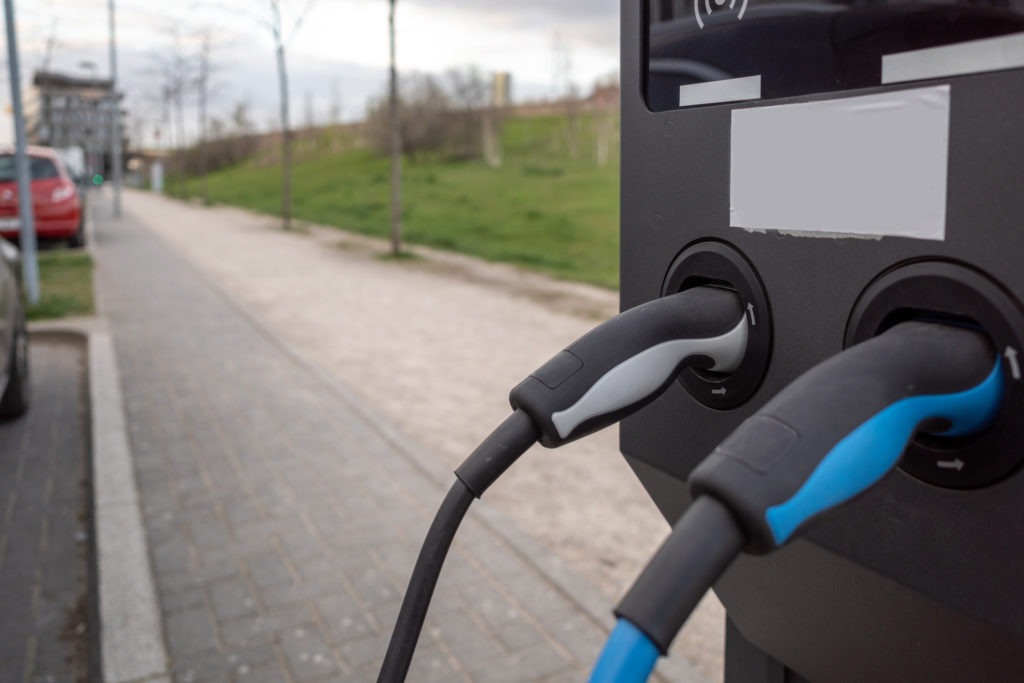What is a semiconductor?
11 May 2022

The automotive industry is competing with other markets for a crucial piece of technology which cannot easily be sourced, the semiconductor. The shortage of semiconductors has led to vehicle production shutdowns and delayed deliveries, impacting registrations and financial results.
But what is a semiconductor, why is this electronic component so important, and how big a problem is the shortage of supply? Autovista24 editor Phil Curry explains all in the latest ‘What is?’ video.
The semiconductor problem
Car manufacturers are increasing the amount of technology in their vehicles, and this means greater use of semiconductor chips. Cars can have up to 4,000 chips inside, premium vehicles featuring more than budget cars. Semiconductor chips can be found in everything from powertrain options to chassis-handling controls, infotainment, safety and security systems and comfort options.
During the COVID-19 pandemic carmakers reduced their supply of chips on the back of less vehicle demand, while the demand for consumer electronics goods increased, with people staying at home.
This meant that as vehicle manufacturers increased their production capabilities again, there were not enough semiconductor chips available. This has led to 18 months of delayed vehicle deliveries, impacting registrations of new vehicles and financial performance.
The problem is the complexity of the semiconductor chip. They are manufactured using extremely rigorous and complex methods. They require large factories, dust-free rooms and carefully controlled atmospheres. The etching and layering of the chips is very time consuming, meaning overall, a single microchip can take three months to produce
The automotive industry is finding ways to reduce reliance on semiconductor chips while supply levels increase. Carmakers are prioritising markets, reducing the number of available technological optional extras and sharing systems more between models. The chip-supply shortage could last for the rest of the year. However, companies are slowing investing in new production facilities, although these may take some time to become operational, as building new factories is time-consuming.
The semiconductor and the chip
So, what is a semiconductor?
A semiconductor is a material with properties between a conductor and an insulator. Usually a solid chemical element or compound that conducts electricity under certain conditions but not others, a semiconductor is therefore ideal for controlling current in electronic appliances.
Silicone that has controlled impurities added is a good example of a semiconductor material. This is called ‘doped’ silicone, and depending on additives, the number of electrons can be increased or lowered, resulting in different conductive effects.
Semiconductors are an important component when creating integrated circuits, also known as chips or microchips. Many people will interchange the terms, but the semiconductor is the material, while the chip is the electronic part that controls systems.
Integrated circuits are built from a variety of parts that work together to carry out the processing tasks of most electrical components. chips can replace many larger circuits, and the semiconductor can regulate energy flow. This means the chips can be made smaller, but more powerful.
Transcript – What is a semiconductor?

What is a semiconductor? I’m Phil Curry Editor of Autovista24, here with the latest entry in our automotive ‘What Is?’ series. The automotive industry has been talking about semiconductors for the last 18 months, but to understand why, we first need to know what a semiconductor is as well as the chips that they are an integral part of.
A semiconductor is a substance that has specific electrical properties. It is usually a solid chemical element or compound that conducts electricity under certain situations but not others, making it ideal to control current and therefore electronic appliances. A substance that can conduct electricity is called a conductor or one that cannot is called an insulator. Semiconductors have properties that sit between these mediums.
A good example of a semiconductor material is silicon with controlled impurities. This is called a doped silicon and depending on what you add you can increase or remove electrons giving different conductive effects. Semiconductors are important in creating integrated circuits or chips or microchips.
What is a semiconductor?
The semiconductor is the material and the chip is the electronic part that controls systems and appliances, though many people will interchange the terms.
Integrated circuits are built out of a number of microscopic circuits, transistors, diodes and wiring fabricated on top of a semiconductor and these handle the processing tasks of most electrical components. These chips can replace many larger circuits with a semiconductor acting to regulate energy flow. This means the chips can be made smaller, but much more powerful.
So, what are these semiconductor chips doing in a car? Quite a lot. From the powertrain to electronic systems such as alternators and lighting, safety, comfort, controls, handling systems, infotainment and security options, the modern vehicle is full of integrated circuits each working to control processes while in use.
In fact, there can be up to 4,000 chips in the vehicle. This depends on the optional extras, the vehicle size and the market. Premium models for example will feature more technology and therefore more chips than a budget vehicle. The problem is there are currently not enough chips for everyone.
The Covid-19 pandemic led to many people staying at home and demand for consumer goods increased as a result. At the same time the automotive industry believed demand for vehicles would drop during this period, reducing the number of chips that it ordered. The result is an imbalance between demand and supply.
How long does it take to make semiconductor chips?
Fabricating semiconductor chips is not an easy process. It can take more than three months just to build one chip and requires giant factories, dust-free rooms and millions of Euros of investment. Building chip facilities can also take years therefore, increasing the supply of semiconductor chips to meet increased demand is not something that can be done overnight. Instead, the automotive industry needs to consider other ways to combat the chip shortage including prioritizing certain models and options or standardizing platforms to reduce the number of computers within a vehicle.

If you have any other automotive terms you would like explained please get in contact with us. You can find our details at Autovista24.com and while you are there why not sign up for our free daily email that brings you the latest automotive news and industry insight direct to your email inbox. Don’t forget also to like and subscribe to our Autovista24 YouTube channel where you can find the rest of our ‘What Is?’ series together with other videos based around the automotive industry. Thanks for watching.



